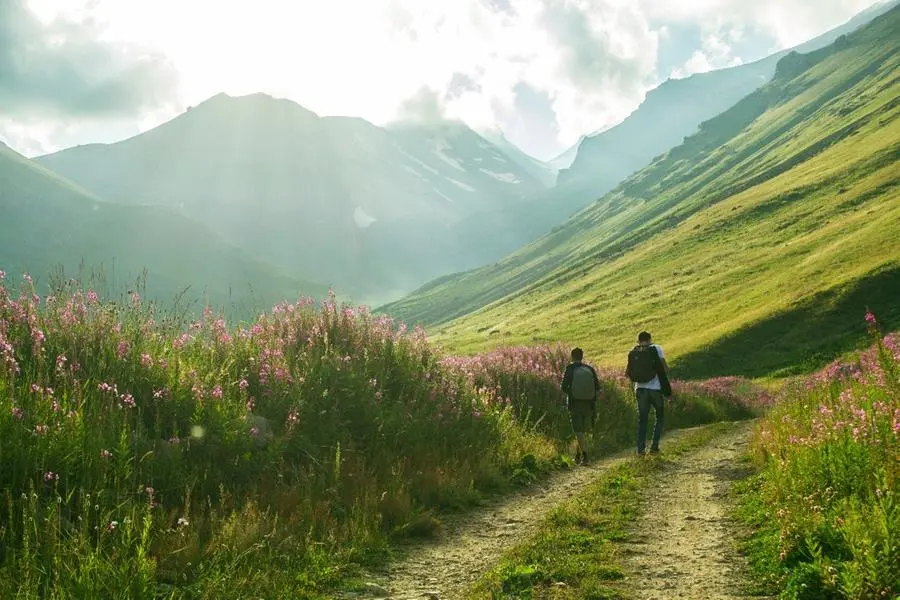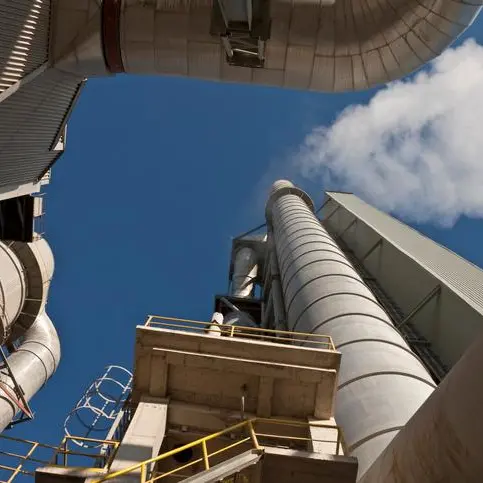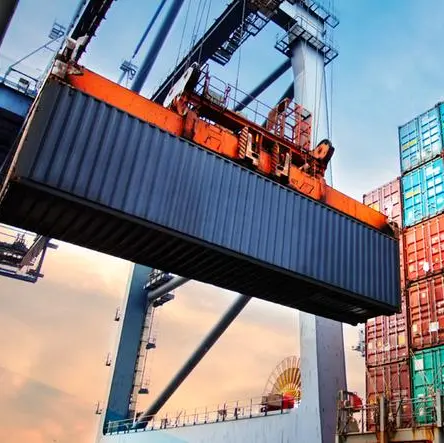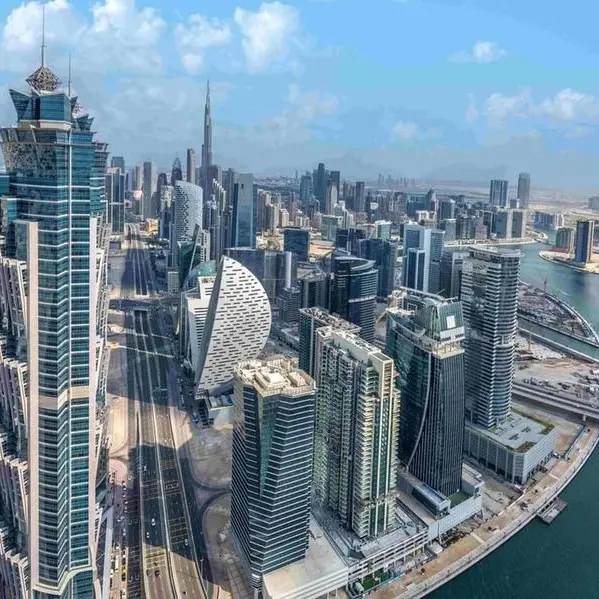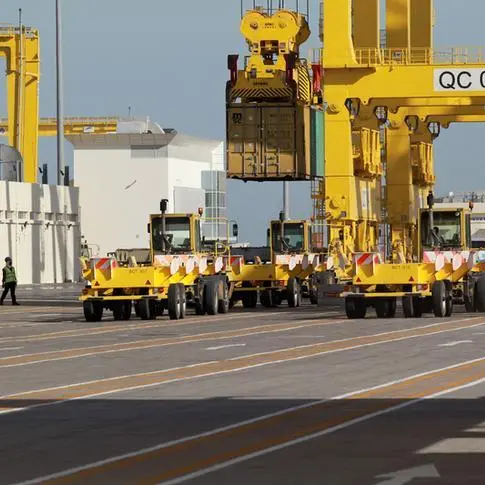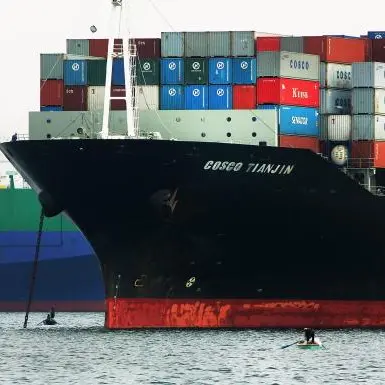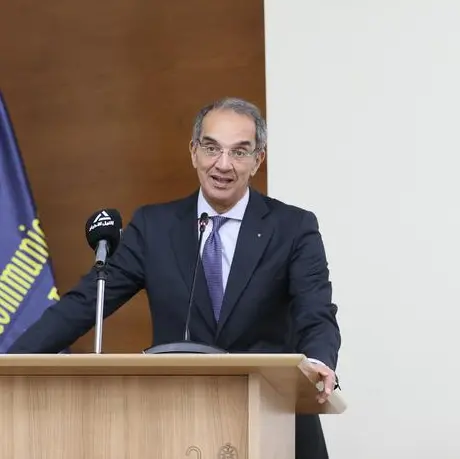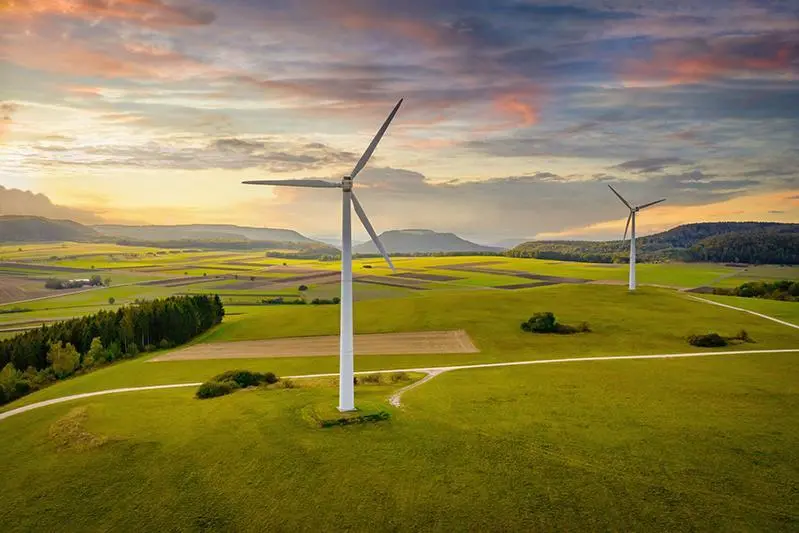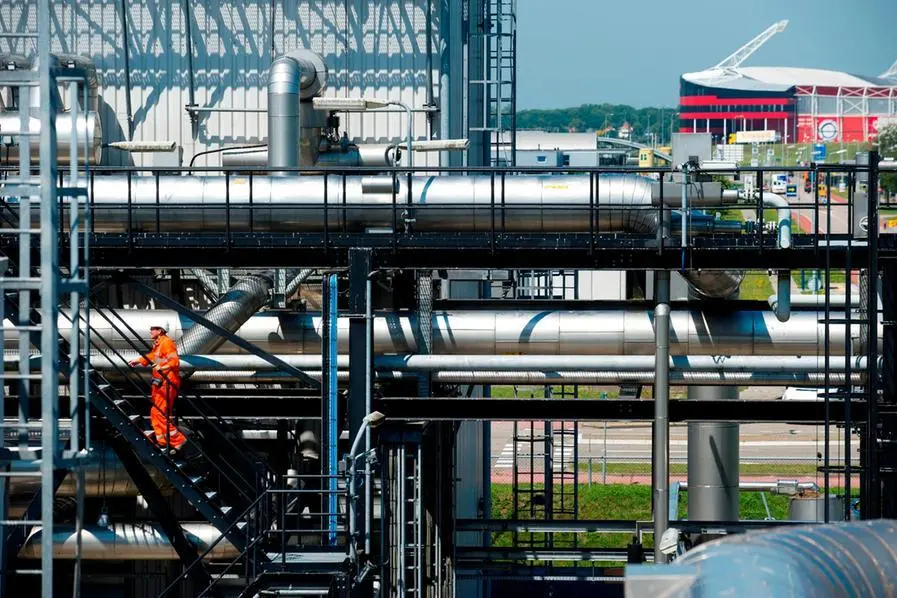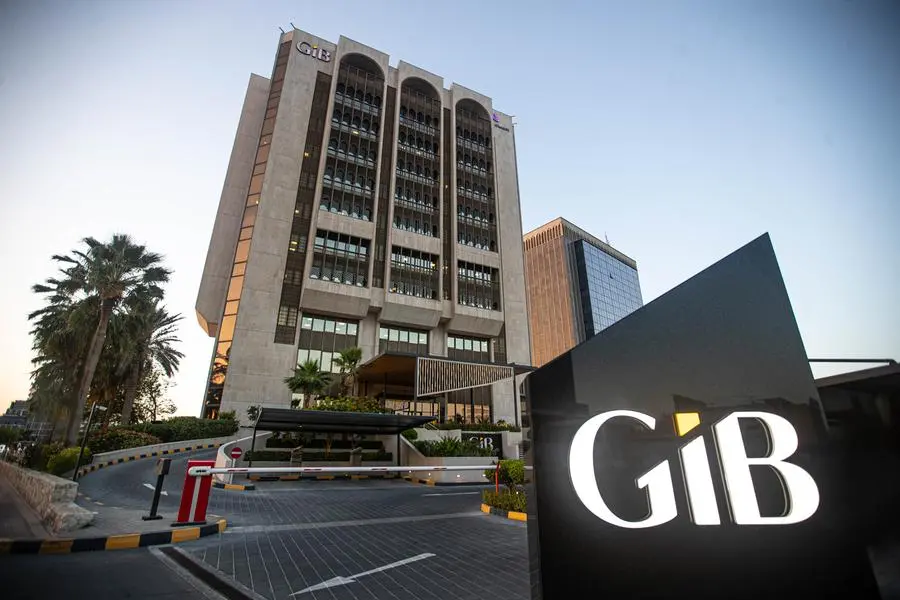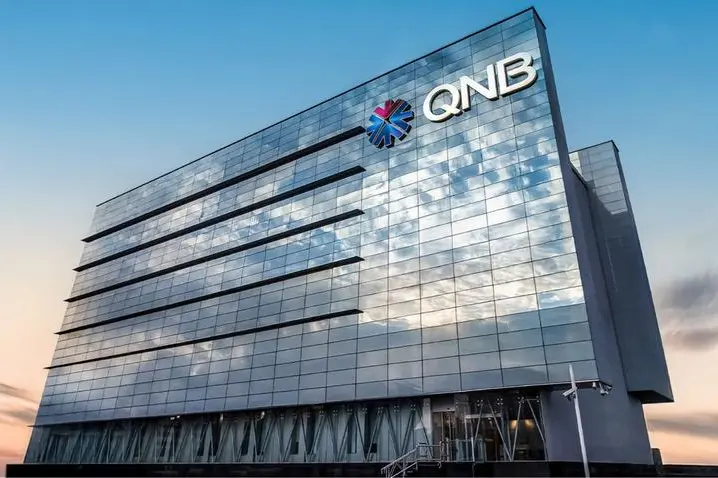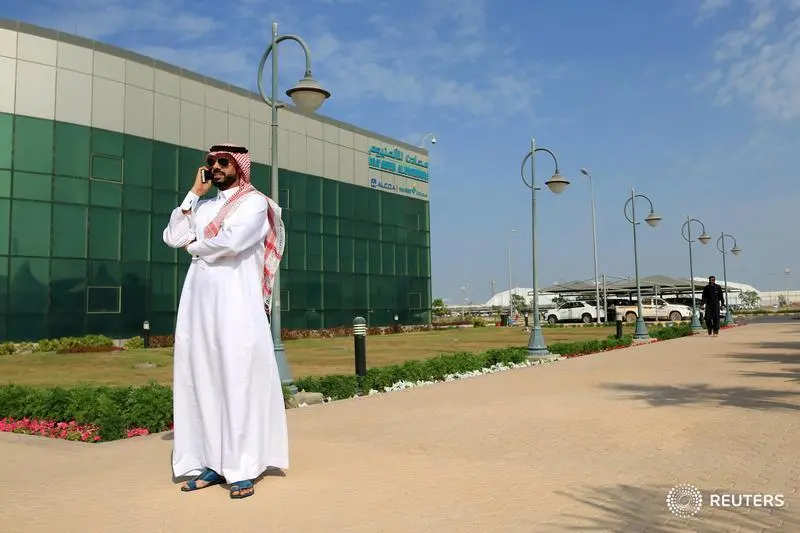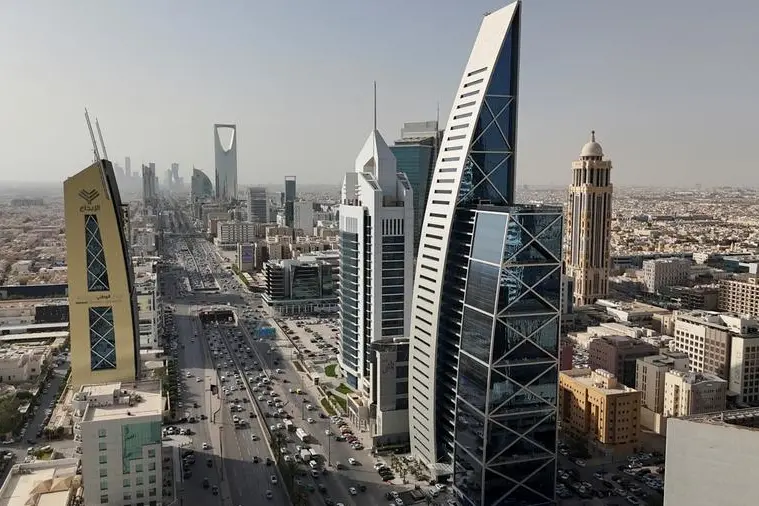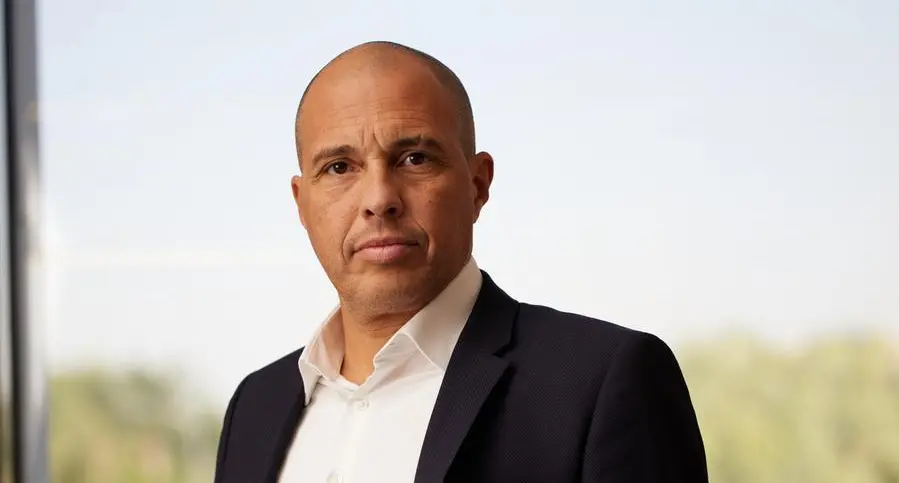PHOTO
Armenia is positioning tourism as a key pillar of economic development, with plans to expand infrastructure, diversify source markets, and promote sustainable practices, according to the Chairman of Armenia’s Tourism Committee.
“Our population is only 3 million but we have big plans to grow tourism,” Lusine Gevorgyan told Zawya Projects, adding that the country welcomed 2.2 million international tourists in 2023.
She noted that efforts are underway to upgrade travel infrastructure and enhance service quality across the sector.
“Our focus is not on mass tourism, but rather on attracting conscious travellers who value Armenia’s natural and cultural assets,” Gevorgyan said.
In addition to ATM 2025 in Dubai last month, the country has participated in global expos such as FITUR in Madrid and ITB Berlin to promote tourism. At ITB Berlin, Armenia received recognition as the Best Adventure Destination for 2025 at ITB.
Beyond adventure travel, Armenia is leveraging its Christian heritage, gastronomy, and traditional crafts to attract visitors. It is also promoting medical tourism by highlighting the affordability and quality of care available in local clinics.
With festivals throughout the year, the tourism committee has set its sights on festival tourism.
“The committee is supporting 12 festivals this year, which includes the Yerevan Wine Festival which attracted more than 100,000 people last year,” Gevorgyan said.


While Russia is the key source market, accounting for 40 percent of tourist, last year saw increase in tourist numbers from France, Germany, and the GCC countries. Engagement is expanding with India, Kazakhstan, and China, with steps toward easing visa procedures and strengthening diplomatic ties.
To attract foreign investment, the government has introduced infrastructure support in terms of roads, power and water and cashback incentives for qualified tourism developments. Successful projects such as the Myler Winter Resort in Aragats demonstrate investor interest, the chairman said.
With rising tourist arrivals, workforce training is a priority, according to the Chairman.
“Two new hospitality schools are scheduled to open in 2024 in Dilijan and Gyumri. The tourism committee will make regional training programmes will cover service, sustainability, and hospitality education programmes in 10 regions,” she noted.
Looking ahead, the Tourism Strategy 2026–2030, which is currently being prepared, will guide long-term sector development. The plan includes sustainable tourism, targeted market expansion in Asia and the Middle East, and popular destinations modeled on global benchmarks like Dubai.
“A UAE-Armenia investment forum is scheduled for later this year in Yerevan,” she disclosed.
Gevorgyan emphasised Armenia’s commitment to preserving the environment and local culture. Steps include training licensed guides, sensitising hotels and businesses to importance of conservation, promoting waste management, encouraging eco-accommodations, and integrating tourism into community-based development.
“We aim to grow tourism responsibly—supporting the economy while safeguarding Armenia’s heritage,” the chairman concluded.
(Writing by SA Kader; Editing by Anoop Menon)
(anoop.menon@lseg.com)
Subscribe to our Projects' PULSE newsletter that brings you trustworthy news, updates and insights on project activities, developments, and partnerships across sectors in the Middle East and Africa.
